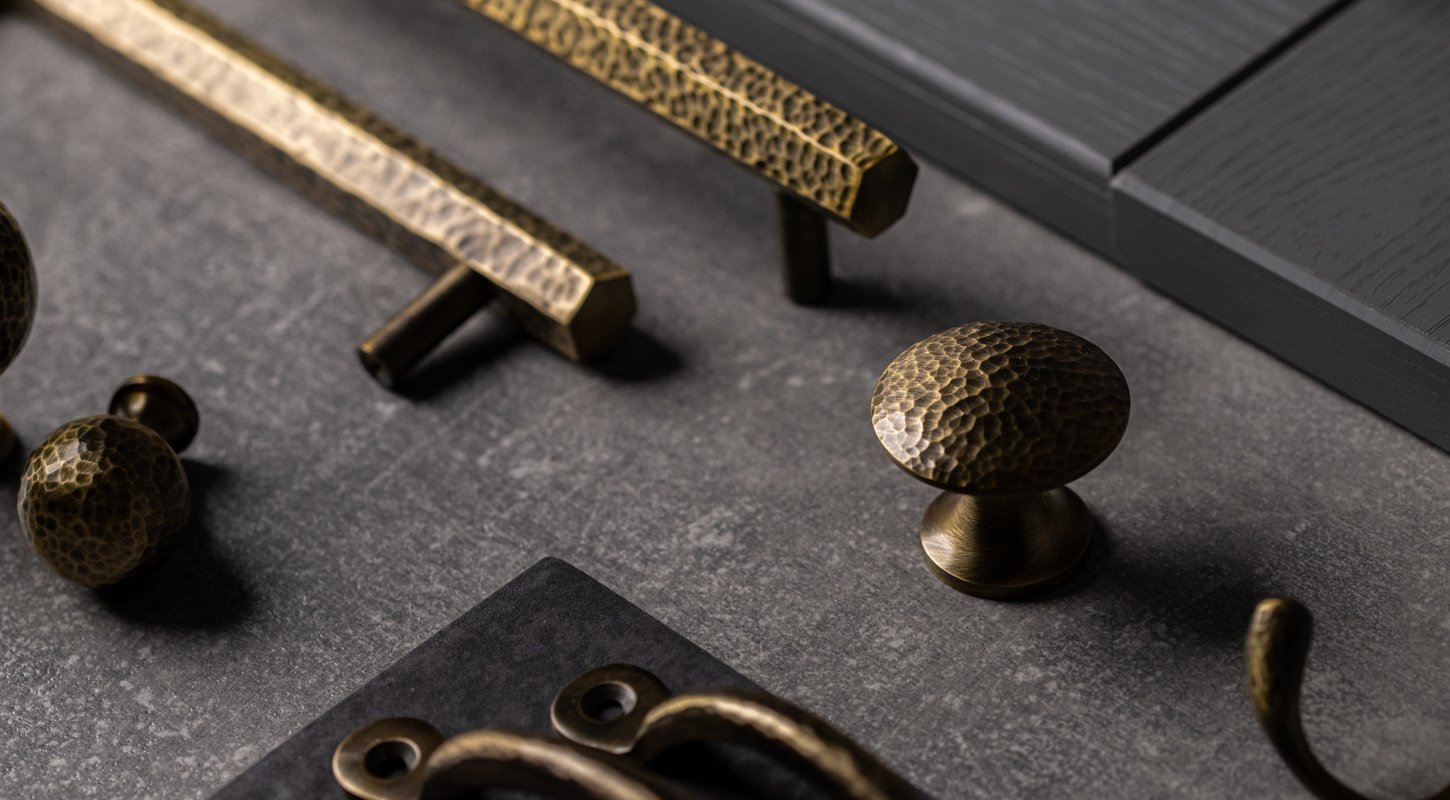Where there has been civilisation, there have been doors - for security, shelter from the elements and for privacy. Doors are a simple structure and yet it wasn't until the invention of the hinge that a pivoting door was possible. Before the hinge, doors were stone blocks or most likely, fabrics and animal hides. Read on to discover the timeline of the development of the door.
Ancient Era
During the ancient era, doors were primitive and natural materials such as stone and animal hide were used. The ancient pyramids in Egypt, for example, contained many chambers and tombs that were sealed off with heavy stone doors.
Villager homes and settlements during this ancient period would have mostly used animal skins and woven fabrics for door coverings. These coverings were designed to provide privacy and to keep draughts out, rather than security, and were similar to a curtain. Wood also came into use but the wooden doors were primitive and it was only after the invention of the hinge that pivoting doors were possible.

Ancient Pivoting Doors
Although most ancient doors were primitive, a bronze hinge has been discovered from Egypt 8th century B.C. Historical sites all over the world, such as this site in Cambodia, have also uncovered a type of hinged pivot. These rudimentary pivot hinges were used on stone doors and allowed the doors to be opened much in the same way as a saloon door.

The Padmanabhaswamy Temple
In Kerala, India, this temple has an unopened door surrounded by sacred mystery. Legends say this door can only be opened by correctly chanting the Garuda Mantra. Without bolts or latches of any visible kind, the sealed doorway is protected by two stone cobras. If the door is opened by means other than the right sound waves of the chant, catastrophe will be unleashed, of an apocalyptic nature, not only over India, but the whole world. Sounds like the perfect Indiana Jones or Lara Croft film plot!

The Roman Era
What Did The Romans Ever Do For Us?
The Roman civilisation is known for their inventive engneering projects. They also made the blueprint for doors that we use today - folding doors, sliding doors, double doors - and they also created hinge designs that are still in use today.
The Medieval Period
Bronze, Iron and Gold
Metal doors or portcullis gates were used to provide extra security for Medieval castles. Security was the main consideration for using metal doors and

Later, in the Renaissance, bronze was used by sculptors to create elaborate designs for door panels. The most famous of these are the South side doors of the Baptistry of San Giovanni. Made by Andrea Pisano, around 1330, the doors consist of 28 stunning panels depicting the life of St John.

The Traditional Wooden Door
Wood is the most popular and versatile material choice for a door. Wooden doors have been in existence from the start of civilisation. According to the bible, King Solomon, the biblical Israelite King, had olive wood doors made for his Temple.
The ancient Egyptians also used wooden doors in their homes and temples.
In 2010, the oldest European wooden door ever found in Europe was unearthed in Zurich by archaeologists. The boards are held in place with a remarkable design, according to archaeologists, and hinges were used for fitting the door in place. The door dates back to approximately the same time as the construction of Stonehenge.
We hope you found this door timeline journey interesting. For further information please see our next article: A Brief History Of The Door Handle.
Photo credit to: @naszymokiem for the Cambodian Temple photo and @alifoudhegazy for the Egyptian Pyramid photo.











